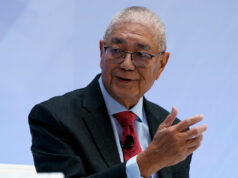WB mulls $100-million loan for Mindanao’s agriculture
By Elijah Joseph C. Tubayan, Reporter
THE World Bank is considering a $100-million loan to boost agricultural productivity and integration of small farmers and fisherfolk in value chains in Mindanao.
“The proposed project would consist of three components over six years with a currently proposed funding envelop of $100 million which would address the main identified challenges of productivity improvements, business development and value chain linkage and convergence,” the Washington-based lender said in a concept paper dated October 11.
The remaining $50-million funding requirement will come from the government.
The project would include agriculture production and marketing support; agriculture enterprise development and value chain linkage; and institutional support and convergence.
Among key outcomes the multilateral lender expects include: increased income from agricultural production activities; increase in yields and quality of produce of targeted products; increase in marketed outputs of targeted products; and wider access for agricultural assets and services.
The Autonomous Region in Muslim Mindanao (ARMM) is the poorest region in the Philippines, with poverty incidence of 53.7% in 2015, more than double the national average of 21.6%. Eight of the top ten poorest sectors are in Mindanao, and farmers and fisherfolk are the poorest among the basic sectors.
Agriculture accounts for 60% of Mindanao’s economy and about 57% of its jobs account for 60%., and only 16% of farmers in Mindanao generate profits, compared to 25% in Luzon.
“The agricultural labor market in Mindanao is characterized by high underemployment, low wages and short work hours,” according to the World Bank.



